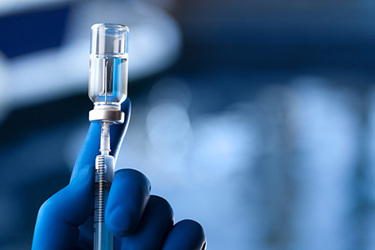Overcoming Obstacles In AAV Viral Vector Manufacturing
By Emmanuelle Cameau, viral vector and gene therapy technical manager, Pall Corporation

Rapidly growing interest in gene therapy has led to the need for more cost-effective and scalable viral-vector manufacturing platforms. Adenoassociated virus (AAV) has become a vector of choice because of its safety profile (nonpathogenic infection). In addition, AAV cannot replicate on its own and is not integrated directly into the host genome.
AAV manufacturing using human embryonic kidney (HEK) cells in either adherent or suspension mode includes several typical processing steps: cell expansion, plasmid transfection, viral-vector production, cell lysis, purification, and fill and finish. The purification process usually involves clarification, capture through affinity chromatography, polishing with anion-exchange (AEX) chromatography, tangential-flow filtration (TFF) concentration/diafiltration, and final
filtration. An additional TFF process step often is added before the affinity step to concentrate the product stream.
Those upstream and downstream processes can be fairly straight-forward at small scales. However, obstacles often are encountered when a developer progresses toward larger volumes for clinical and commercial manufacturing. In this article we discuss overcoming obstacles that often come up during transfection, clarification, and the separation of empty and full capsids.
Get unlimited access to:
Enter your credentials below to log in. Not yet a member of Pharmaceutical Online? Subscribe today.
